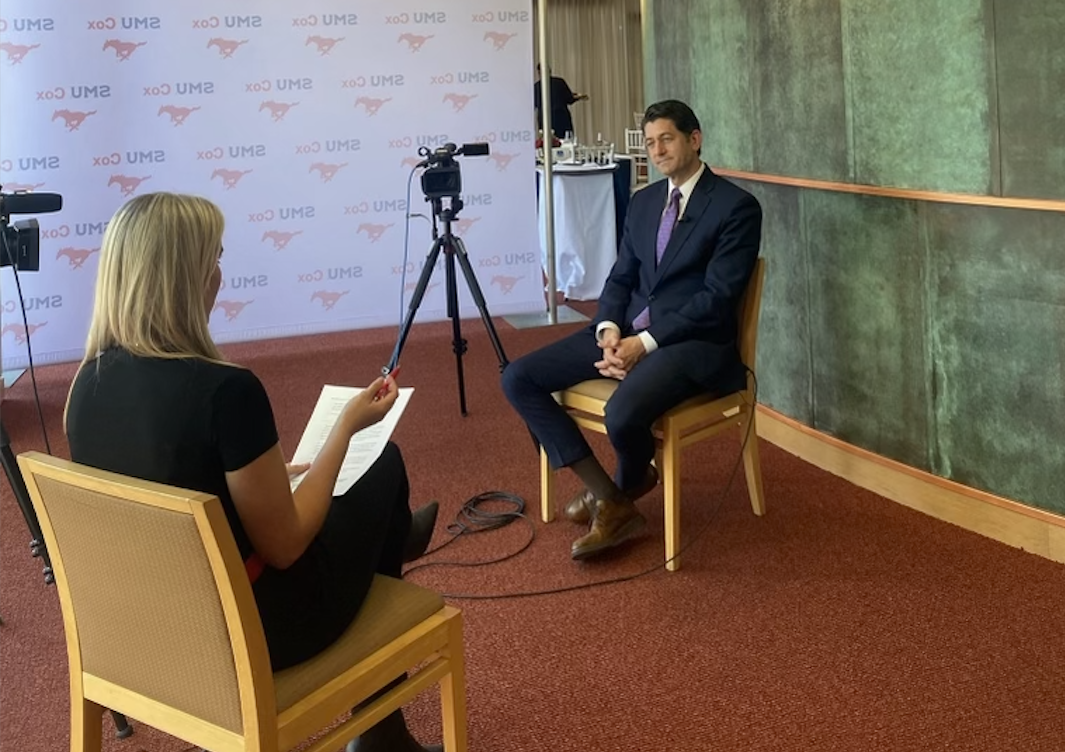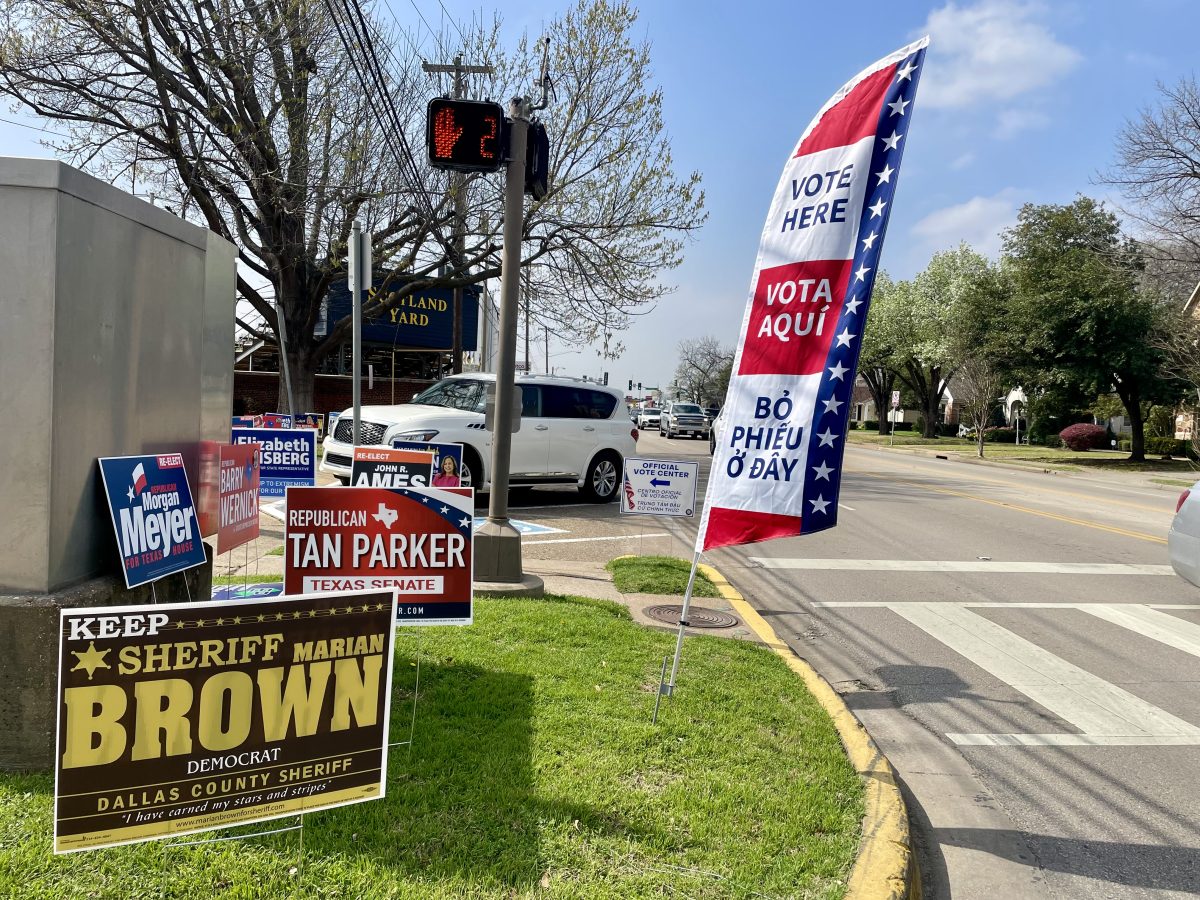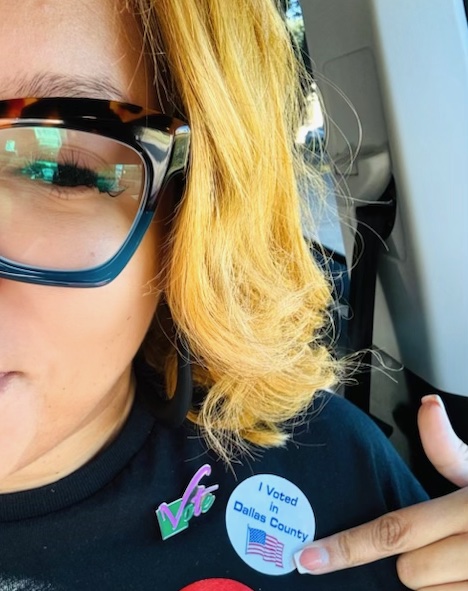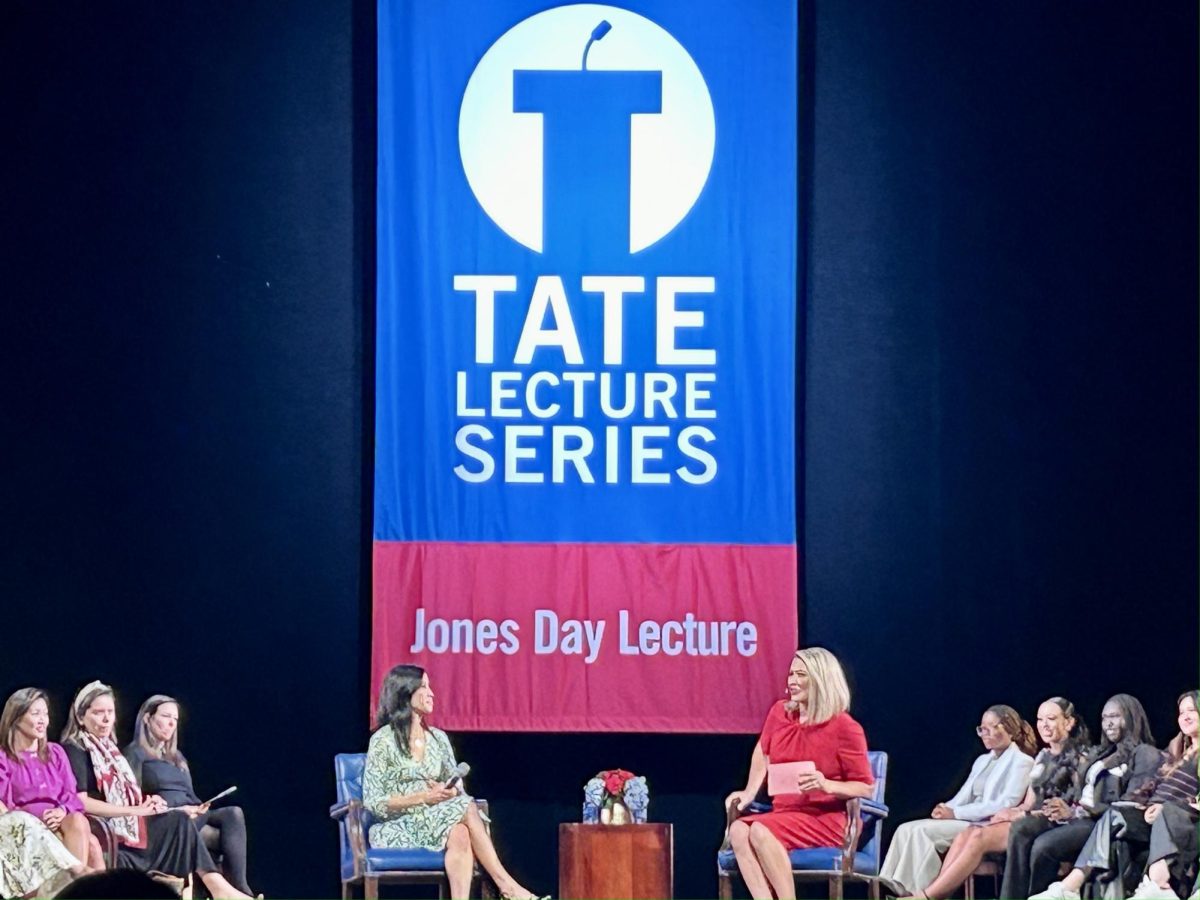
Pete Sessions is just one Congressmen utilizing social media such as Twitter. (Spencer J Eggers/The Daily Campus)
Social media is a fixture in modern American life. It has effectively revolutionized personal communication, including interfaces between politicians and the electorate. In 2008, a detachment of more than 100 dedicated social media staffers harnessed the energy and financial backing of individual donors and supporters to propel Barack Obama to the Oval Office.
Now, aware of the potential benefits, members of Congress want a piece of the action. Plagued by record-low approval ratings and paralyzing partisanship, congressional leaders have come together to learn how to capitalize on social media.
Nearly every representative and senator now has a Facebook page and a Twitter account, and many use YouTube and other social networks as well.
But new data suggests a majority of Americans are not plugging in to social media sites to connect with the politicians they send to Washington. Moreover, an already overloaded communications apparatus in the nation’s capital may not be prepared to handle more demand, especially if members of Congress aren’t likely to realize the benefits of using social media.
A 2011 survey by Pew Internet and American Life Project found that 66 percent of adults use some sort of social media. But just a quarter of those users log on to connect with celebrities, athletes and politicians.
In addition, recent research by a pair of Harvard University students provides the first analysis of social media efficacy among politicians. Starting in the summer of 2009 and running through January 2011, the researchers extracted favorability data from CNN, Gallup and ABC News/Washington Post polls on nine politicians — all potential GOP presidential contenders. They compared those figures to the number of posts on the politicians’ Twitter feeds around the time when the surveys took place. They found no positive or negative correlation with public opinion.
Early next month, members of Congress and social media giant Facebook will host a first-of-its-kind software development summit with tech designers and engineers to come up with new solutions to improve interactivity between members of Congress and their constituents.
But Congress is already experiencing unprecedented traffic. The Congressional Research Service reported that since the launch of congressional email service in 1997, total annual correspondence coming into Congress has increased by more than 16 times to roughly 500 million individual messages and letters each year. That does not include messages exchanged between Hill offices or via social media sites.
Though Internet correspondence is growing in Washington, congressional offices continue to rely on traditional media for gauging public opinion and communicating with constituents. The Partnership for a More Perfect Union at the Congressional Management Foundation published a poll of Hill staffers that revealed conversations with voters at district events, as well as phone calls, letters, faxes and emails are still the most trusted means for understanding constituents’ views and opinions. New media platforms including Facebook, Twitter, YouTube and blogs fell toward the bottom of the scale.
“The only trouble with social media is that not everyone uses it,” Geoff Skelley, a scholar at the Univ. of Virginia’s Center for Politics, said. “Most of the people who follow members of Congress using social media tools are politically active individuals who do not exactly represent the typical voter.”
Torrie Miller is an SMU alumna who serves as press secretary for Texas Congressman Pete Sessions. In her role, Miller is responsible for traditional media relations as well as social media sites. Congressman Sessions, whose district encompasses the Park Cities and SMU, maintains an active presence on Facebook, Twitter, LinkedIn, YouTube and Flickr.
“It basically puts the constituents up in D.C. with us,” Miller said. “[Social media sites] allow people to work in a medium they feel comfortable in. People monitor what their friends and family are doing … so why not have your member of Congress readily available to communicate with them that way?”
Miller said she spends roughly two to three hours each day on managing content for social media sites. Much of it takes place on nights and weekends since news can break at any time. It is that 24/7 pace that is taking a toll. Staff members are on perpetual alert for pressing business, even in the middle of the night. As the mainstream press increasingly scrutinizes politicians’ social media accounts for immediate responses, staffers feel pressure to coordinate and provide a response at a moment’s notice. There is also a degree of exposure and risk involved in social media.
“Politicians are very concerned about controlling their image, and they are very afraid of making a mistake,” SMU professor and political communication expert Dan Schill said.
Politicians were less guarded a few years ago with their social media use, Schill said. “But there has been a pullback. Increasingly, Facebook and Twitter sites are now run through the communications office of the senator or member of Congress,” Schill said. Instead of being an unfiltered, open line of communication with an elected official, social media sites have merely become another “managed communications channel.”
As social media gains trust in Washington, CRS researcher Colleen Shogan imagines lawmakers may grow increasingly reliant upon instant feedback from their constituents before taking a vote, signaling the end of the trustee model of representation in government. But Congress may first want to address its own rules. Both houses of Congress still prohibit the use of laptops and cell phones inside the chamber.
Note: In the original posting of this article, the survey that found that 66 percent of adults use some sort of social media was mistakenly attributed to the Pew Research Center. However, the study was done by the Pew Internet and American Life Project.


















